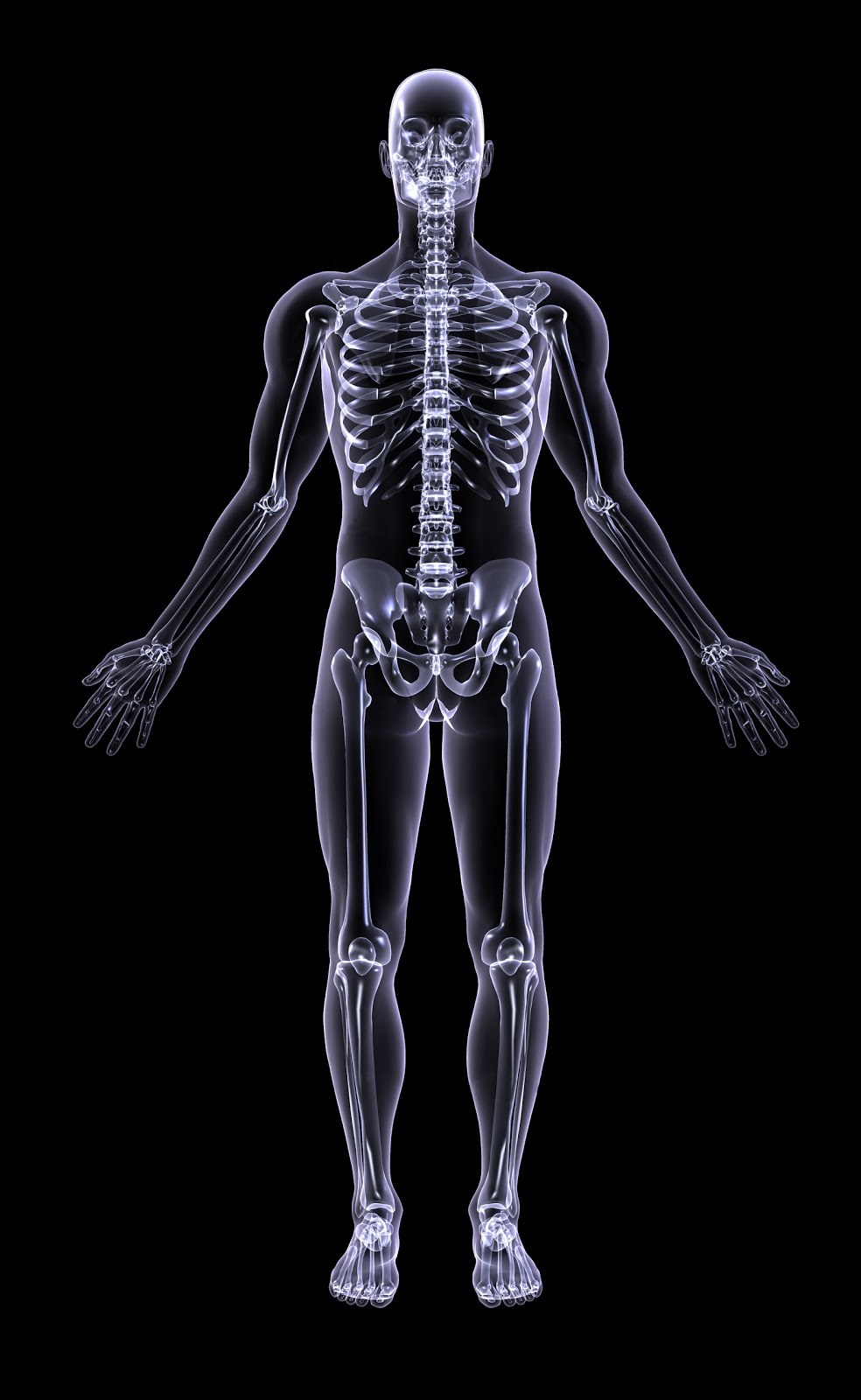

#Reverse exposure x ray windows#
Consequently, the exposure time at the opposite ends of vibration of the X-ray window is prolonged, and thus a resultant exposure illuminance distribution becomes like one to be produced when X-ray windows are held at the opposite ends of vibration and exposure amounts there are combined. Where vibration of repeated reciprocations is applied during the exposure time period, the probability of existence of the window position is largely collected at the opposite ends of vibration. As a result, non-uniform transmissivity information at zero-speed positions, at the opposite ends of the vibration, is transferred to a resist. If an exposure process is performed while such vibration is applied to an X-ray window, the probability of existence becomes uneven during a single exposure time period. Namely, it follows a wave such as shown in FIG. Practically, the vibration follows a sine wave or a wave close to it. However, it is very difficult to vibrate a particle having a mass in accordance with an idealistic triangular wave. In an idealistically triangular wave motion, there is no such moment included. As seen from these drawings, when vibration is made, there is a second whereat motion is stopped momentarily at the reverse for the reciprocal movement. 1B illustrates the window position as represented by these equations, and FIG. In this vibration, the probability of existence is expressed by the following equation:įIG. When it is assumed that the vibration is simple oscillation with an amplitude 2a and a period &lgr, the vibration can be defined as follows: However, where vibration is applied to an X-ray window as proposed conventionally, there occur undesirable problems as follows. 100049/1992 shows a specific example of a window vibration width of 5 mm, a reciprocation frequency of 1 Hz, and an exposure time of 10 min. Further, an edge portion of the opening hole 63a of the partition wall 63 as well as the window frame holder 67 are gas-tightly connected to each other, by means of a bellows 70, such that the vacuum ambience at the X-ray light source side is maintained.įurther, Japanese Laid-Open Patent Application, Laid-Open No. The vibrating drive means 68 is disposed outside the X-ray introduction tube 62 of the exposure apparatus. A vibrating mechanism therefor comprises a vibrating drive means 68 connected to the holder 67 through a transmitting means 69. The window frame can be vibrated in directions perpendicular to an X-ray radiation orbital plane. Inside the X-ray introduction tube 62 of the exposure apparatus, a window frame 66 having a beryllium film 65 fixed thereto is held by a holder 67. The partition wall 63 has an opening hole 63a for passing. In the drawing, there are an X-ray introduction tube 61 at an X-ray radiation source and another X-ray introduction tube 62 at an exposure apparatus side, and a partition wall 63 is formed between these introduction tubes. 1A shows a structure based on this method. 64451/1993 proposes a method wherein a window frame having a beryllium film adhered thereto is vibrated to cause vibration of the beryllium film, to thereby reduce the non-uniformness in the transmission factor. Japanese Published Patent Application, Publication No. Some proposals have been made against such problem. Since such non-uniform intensity is directly transferred to a resist, exposure non-uniformness is produced. Such non-uniformness of thickness is adversely influential to the X-ray transmission factor, causing non-uniformness of intensity in the illumination X-ray beam in the X-ray exposure apparatus. Since the production of a beryllium film uses a rolling process, there may occur small non-uniformness in thickness or in density of a few microns to a few millimeters. At the interface between them, an X-ray window which can transmit desired X-rays but which can serve as a pressure partition wall is disposed. X-ray exposure apparatuses generally have a structure that an X-ray source is placed in a vacuum ambience while the exposure apparatus is placed in an atmosphere or a reduced pressure ambience. This invention relates to an X-ray exposure apparatus for use in a lithographic process in manufacture of a semiconductor memory, for example, using exposure light such as an X-ray beam, particularly, synchrotron radiation. This application is a division of application Ser.


 0 kommentar(er)
0 kommentar(er)
